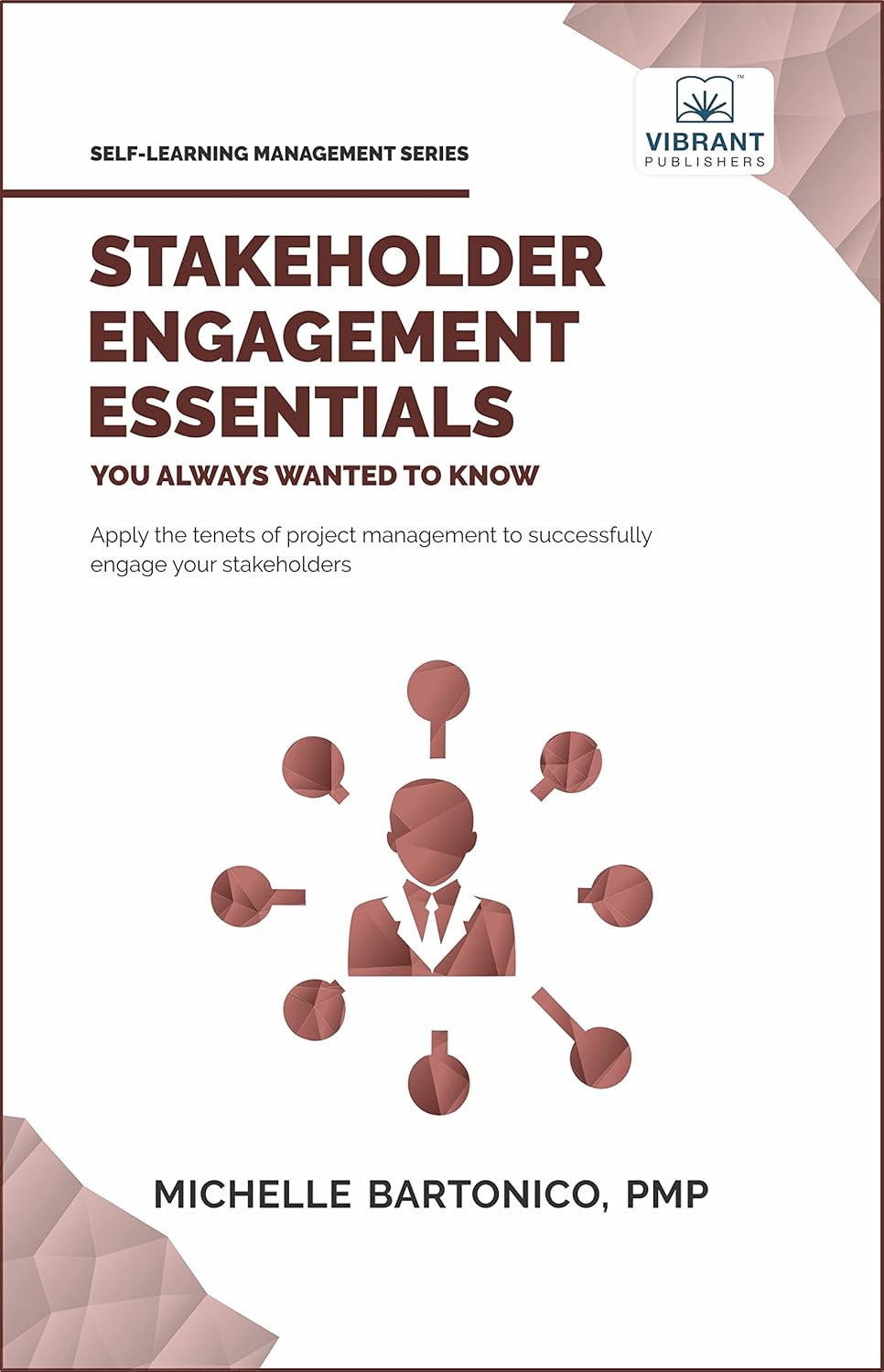
Project Stakeholder
What is a Project Stakeholder?
A project stakeholder is any individual, group, or organization interested in or affected by a project’s outcomes. Stakeholders can influence a project’s direction, success, and decision-making process, whether directly or indirectly. They can participate in various stages of the project lifecycle, from initiation to closure. Stakeholders can be internal, such as team members or managers, or external, such as clients, regulatory bodies, or community groups. Understanding who the stakeholders are and what their needs and expectations are is essential for project success.
Key Points
- Stakeholders may include sponsors, clients, project team members, suppliers, and end-users.
- They can hold varying levels of influence and interest in the project.
- Effective stakeholder engagement improves communication, reduces risk, and enhances project outcomes.
- Stakeholder analysis helps identify key stakeholders and determine the best approach to manage their expectations.
- Regular updates and involvement help align stakeholder interests with project goals.
Related Terms
- A stakeholder analysis helps project teams identify and prioritize individuals or groups that may affect or be affected by the project.
- A project sponsor is a key stakeholder who provides resources and support for the project and is often responsible for championing it within the organization.
- A stakeholder engagement plan outlines how the project team will interact with stakeholders throughout the project lifecycle.
- Project governance ensures that project decision-making considers stakeholders’ interests and that the project maintains accountability.
- A communications plan helps manage stakeholder expectations by defining what information is shared, how often, and through which channels.
Project Stakeholder: Example
In a construction project for a new school, stakeholders include the school board (sponsor), parents (community stakeholders), local government (regulatory authority), the construction firm (supplier), teachers (end-users), and the project manager (internal team). Each of these parties has different interests and levels of influence. The school board might be focused on budget and timeline, while parents care about safety and access. Managing these diverse interests through communication and engagement is critical for project success.
Project Stakeholder: Best Practices
- Identify all potential stakeholders early in the project planning phase.
- Conduct a stakeholder analysis to assess interest, influence, and potential impact.
- Communicate clearly and consistently with stakeholders throughout the project.
- Project managers involve stakeholders in key decisions to address their needs.
- Regularly review and update stakeholder management strategies as the project evolves.
Additional Resources
Preparing for a PMI certification?
- Exam Prep Courses: PMP®, CAPM®, and PMI-ACP®
- Exam Simulators: PMP®, CAPM®, PMI-ACP®, PMI-PBA®, PMI-RMP®, PMI-SP®, PgMP®, and PfMP®
- Professional Development Units (PDUs): 15, 30, and 60 PDU Bundles




